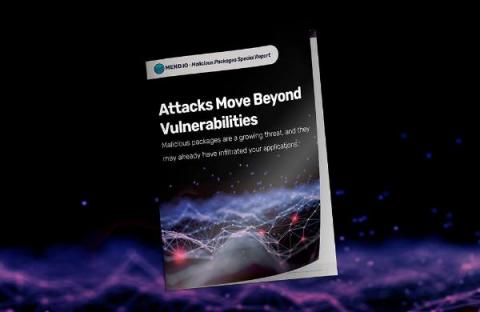The risks of not implementing Privileged Access Management in your organization
Privileged Access Management (PAM) is a critical aspect of cybersecurity that helps organizations protect their sensitive data from unauthorized access. By controlling and monitoring access to privileged accounts, PAM solutions can prevent cyberattacks, data breaches and compliance violations. However, some organizations fail to implement PAM, leaving themselves vulnerable to various risks.











